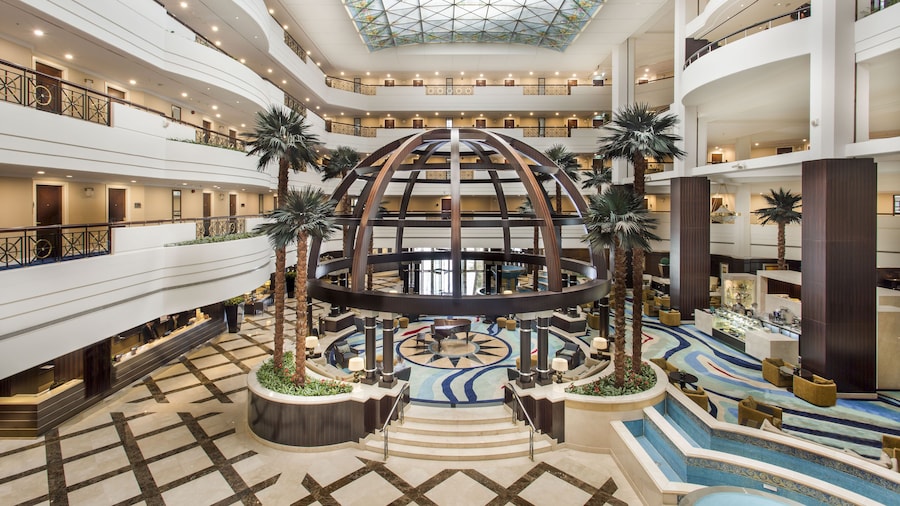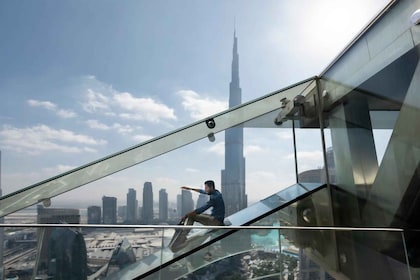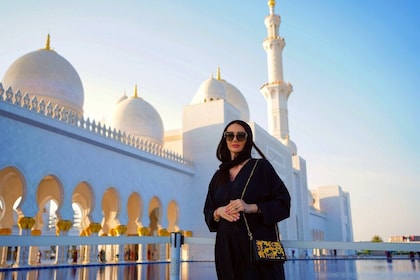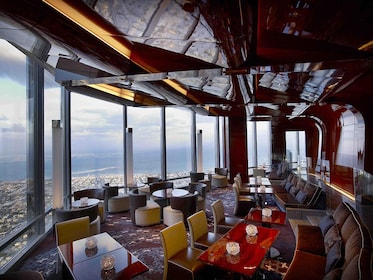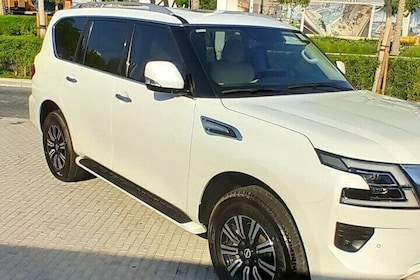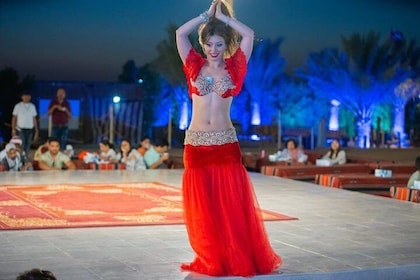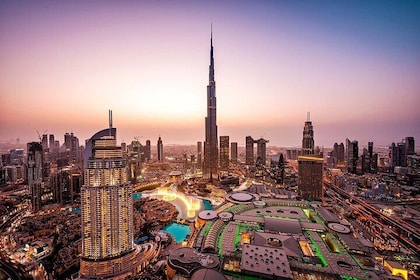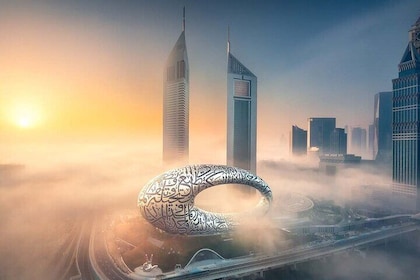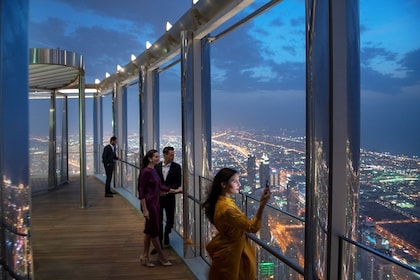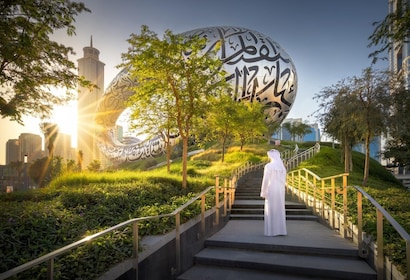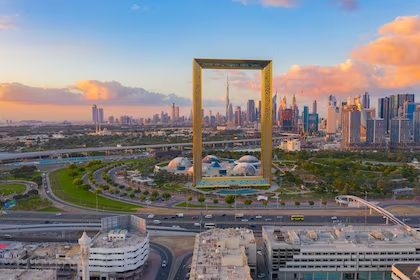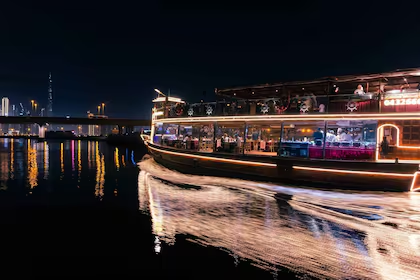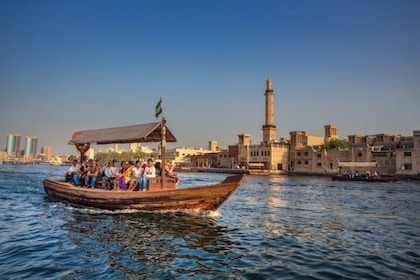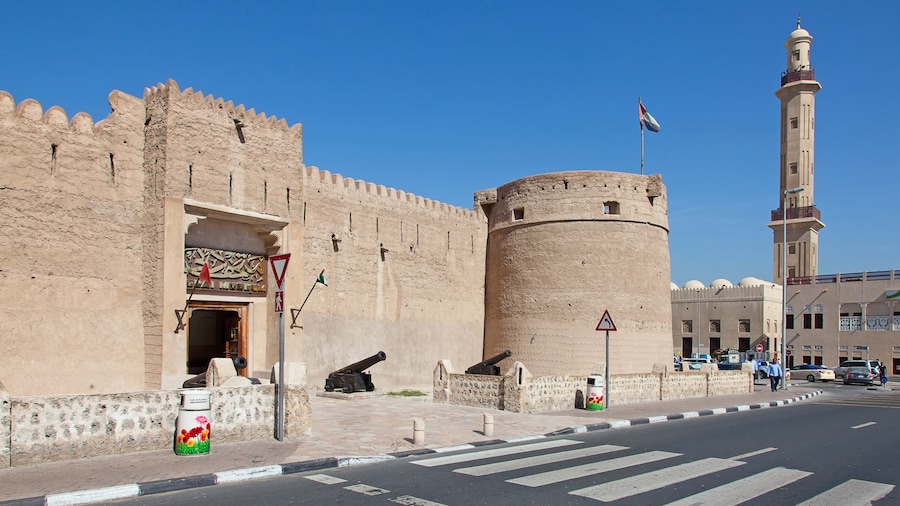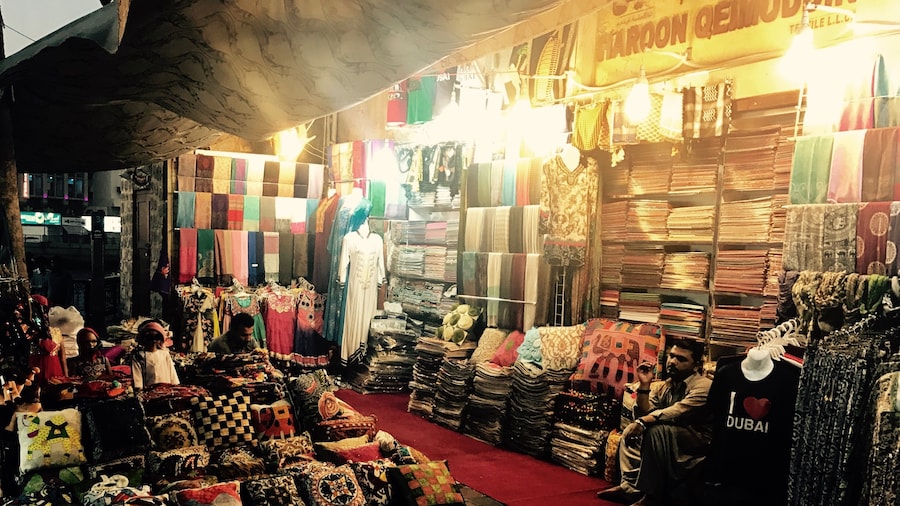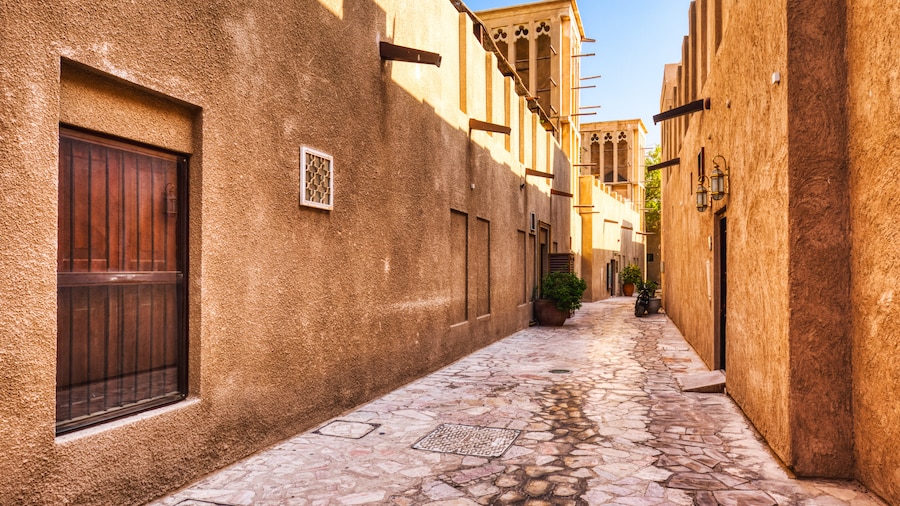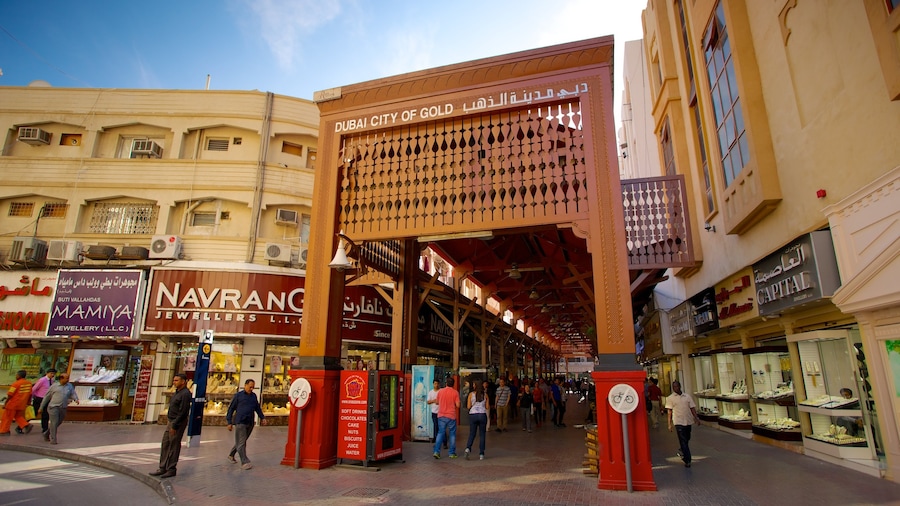Appreciate the architectural beauty of this important Islamic religious building, a recreation of a mosque built at the beginning of the 20th century.
Familiarize yourself with Islamic architecture at one of the largest mosques in the United Arab Emirates. The multi-domed Grand Mosque can house up to 1,200 worshippers and has the city’s tallest minaret, at 230 feet (70 meters). From here the crier, called a muezzin, calls the faithful to prayer several times a day.
The first Grand Mosque on this site was constructed in 1900 and served as an elementary school where young boys learned to recite the Quran from memory. Today’s building is a recreation of the original and was completed in 1998. It plays a prominent role in the religious and cultural life of the city.
Non-Muslims are not allowed to enter inside the mosque but are allowed in the minaret. Visitors from many religions, however, come here to admire the religious structure’s elaborate exterior and peaceful surroundings from within the grounds.
Stand back a few feet from the main entrance to appreciate the Grand Mosque’s vast scale and sand-colored façade. Move closer to look at some of the architectural details and photograph the building up-close.
The Grand Mosque has nine large domes and 45 smaller ones. Observe their fine geometrical carvings. Walk around the building to see the handcrafted wooden shutters covering the windows.
Come back at night to take some more photographs, as the mosque is a stunning sight when its domes, arches and towers are brightly illuminated.
Situated in the district of Bur Dubai opposite Dubai Museum, the Grand Mosque is close to Al Fahidi station on Dubai Metro’s Green Line.
While non-Muslims are not allowed to enter the mosque, visitors are expected to dress conservatively while roaming the grounds. The only mosque open to non-Muslims is the Jumeirah Mosque at nearby Jumeirah Beach. You can organize to visit Jumeirah Mosque as part of a tour with the Sheikh Mohammed Center for Cultural Understanding.
